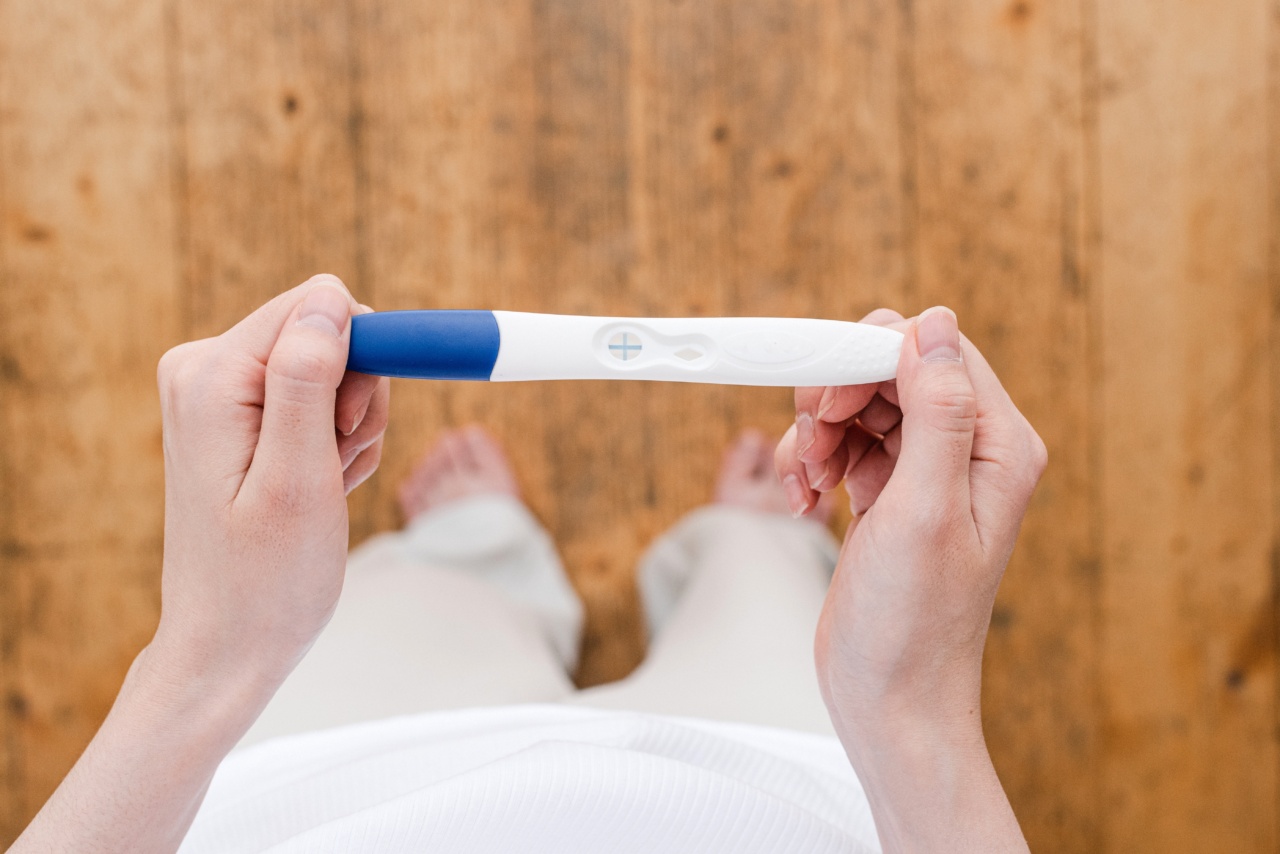Non-invasive prenatal testing (NIPT) is an advanced screening technique that allows expectant parents to obtain information about their unborn child’s genetic makeup through a simple blood test.
Unlike invasive prenatal testing, such as amniocentesis, NIPT poses no risk to the fetus or the mother. In this article, we’ll explain the basics of NIPT and how it works.
How does NIPT work?
NIPT analyzes small fragments of the fetus’s DNA that circulate in the mother’s bloodstream. These fragments are known as cell-free fetal DNA (cffDNA) and are derived from the placenta.
By analyzing the cffDNA, NIPT can detect chromosomal abnormalities, such as Down syndrome, as well as other genetic conditions.
NIPT can be performed as early as ten weeks into the pregnancy, although some labs recommend waiting until the 11th week to ensure accuracy. In some cases, NIPT can also determine the sex of the fetus.
What conditions can NIPT detect?
NIPT can detect several chromosomal abnormalities, including:.
- Trisomy 21 (Down syndrome)
- Trisomy 18 (Edwards syndrome)
- Trisomy 13 (Patau syndrome)
- Sex chromosome abnormalities
NIPT can also detect other genetic conditions, such as:.
- Cystic fibrosis
- Sickle cell disease
- Spinal muscular atrophy
- Some types of cancer
What are the benefits of NIPT?
NIPT offers several benefits over invasive prenatal testing:.
- NIPT is non-invasive and poses no risk to the fetus or mother.
- NIPT can be performed earlier in the pregnancy than invasive testing.
- NIPT results are highly accurate, with a false-positive rate of less than 1%. However, it’s important to note that NIPT is a screening test and not a diagnostic test.
- NIPT can provide information about the baby’s genetic makeup without the need for an invasive procedure, which can be emotionally and physically stressful for expectant parents.
What are the limitations of NIPT?
NIPT is not a replacement for diagnostic testing, such as amniocentesis or chorionic villus sampling (CVS). If NIPT detects a potential problem, diagnostic testing may be necessary to confirm the diagnosis.
Additionally, NIPT is not able to detect all chromosomal abnormalities or genetic conditions.
NIPT is a screening test, not a diagnostic test, and results should be confirmed with diagnostic testing before making any major decisions about pregnancy.
How much does NIPT cost?
The cost of NIPT varies depending on several factors, such as the lab used and the specific tests ordered. In general, NIPT can cost anywhere from $500 to $2,000.
Some insurance plans may cover the cost of NIPT, so it’s important to check with your insurance provider.
Is NIPT right for me?
NIPT is a personal decision and should be discussed with your healthcare provider.
Some women may opt for NIPT if they are at increased risk for chromosomal abnormalities, such as women over 35 years old or women with a family history of genetic disorders. However, NIPT may not be necessary for all expectant parents.
Conclusion
Non-invasive prenatal testing is an innovative and safe way for expectant parents to obtain information about their unborn child’s genetic makeup.
Although NIPT is not a diagnosis, it can provide important information that can help parents make informed decisions about their pregnancy. If you’re considering NIPT, talk to your healthcare provider to determine if it’s the right choice for you and your baby.

























